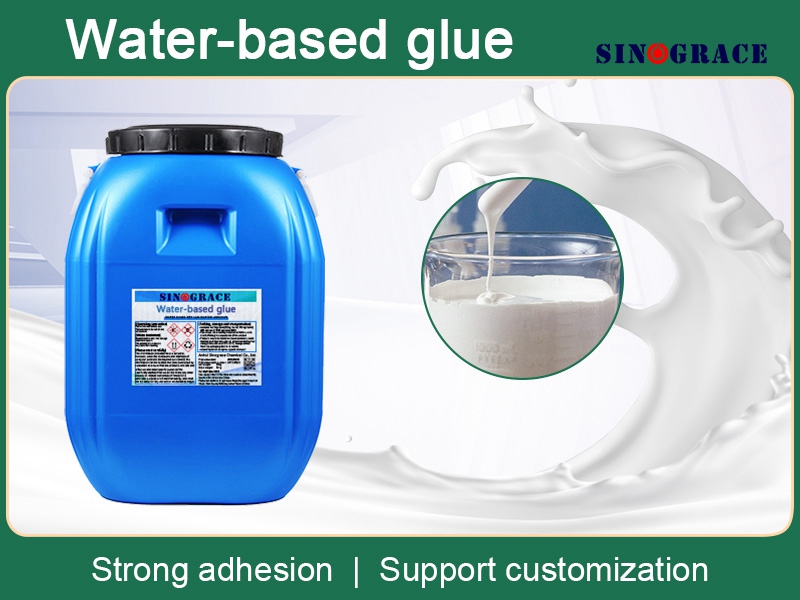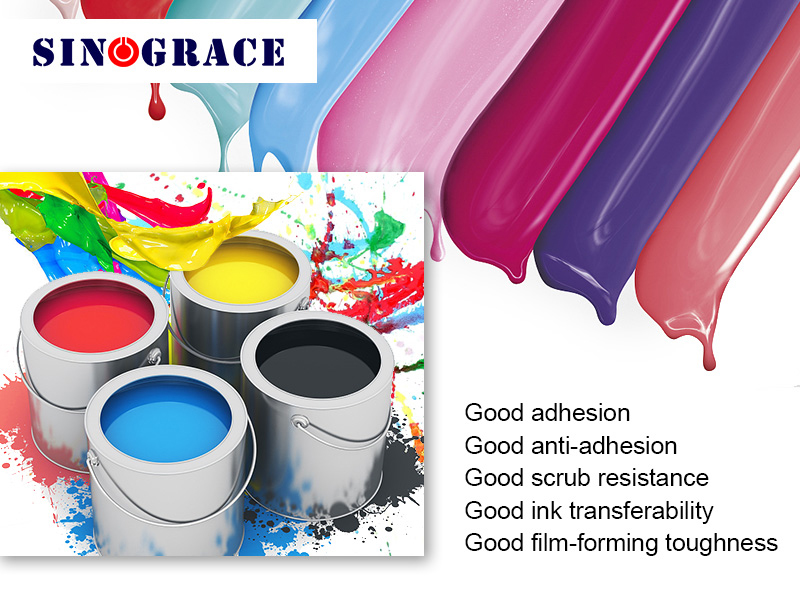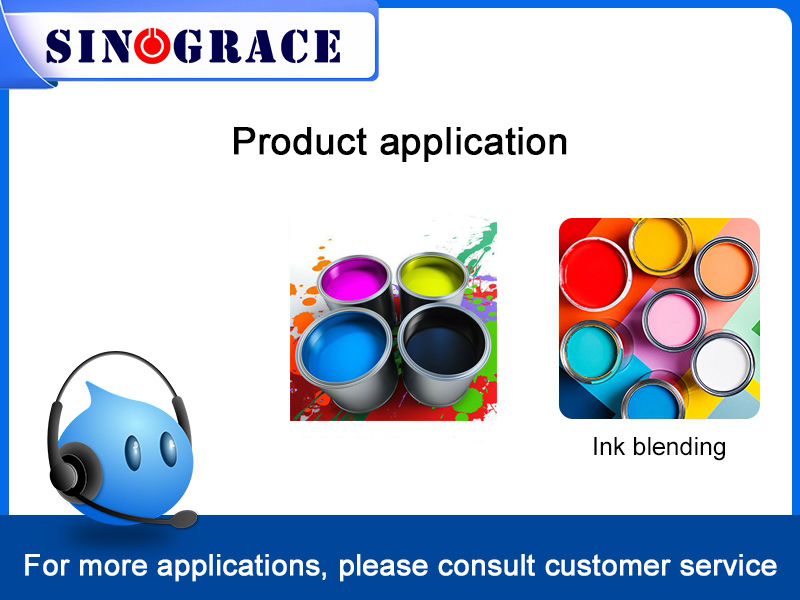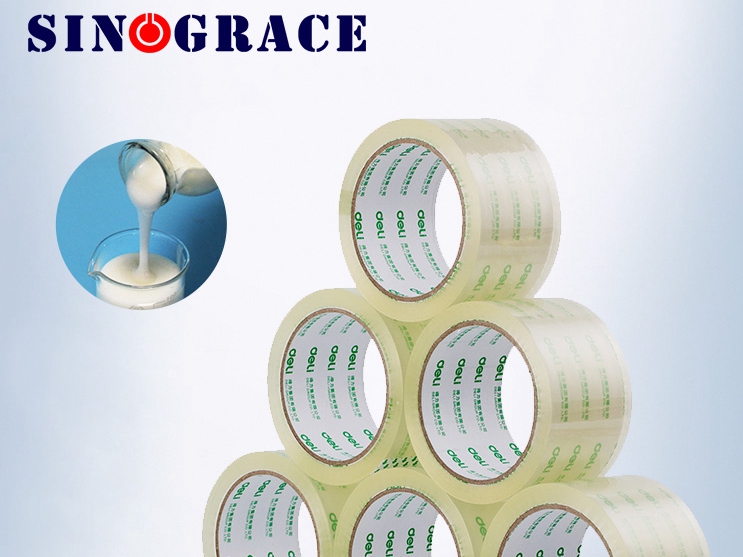Types of water-based adhesives
Water-based adhesives for more sustainable bonding Water-based adhesives are an excellent alternative to solvent-based systems because they do not contain any volatile organic compounds (VOCs), are lighter in weight, and generally require less product to form a lasting bond. Compared to other solutions, water-based adhesive systems are environmentally friendly, have low VOC content and are more user friendly. The use of water-based adhesives does not require as many safety measures as systems containing solvents, which can increase efficiency depending on the nature of the project. In addition, the finished products bonded using water-based adhesives are user-friendly: Water-based adhesives do not pose a large health risk, nor do they release toxic or odorous fumes. Types of water-based adhesive systems The trend of adhesives is strong water based. Water-based glue systems can be roughly divided into two categories: emulsion, dispersion adhesive, solution adhesive. 01 Aqueous adhesive Solution adhesive is the most traditional form of water-based adhesive system. They use water as a carrier substance and solidify as the water evaporates. These water-based adhesives are made using natural and synthetic polymers that dissolve in water. Uses for these water-based glue systems include paper adhesives and wettable glues, such as those found in envelopes, stamps and labels. Application: roller, spray and bead Bonding: Wet bonding Examples: starch/dextrin adhesives for paper applications such as book binding, and protein/casein adhesives for the food packaging industry. 02 Water-based emulsion and dispersing adhesive Water-based adhesives are mainly used for food packaging lamination. Aqueous adhesive emulsions and dispersion systems are multiphase mixtures consisting of liquid or solid polymer phases dispersed in the water phase. These water-based adhesives can be made using a variety of polymers, including PVA (vinyl acetate polymer), PVAC (vinyl acetate copolymer) and acrylic acid, as well as synthetic elastomers such as PUR (polyurethane). Like other water-based adhesives, dispersion adhesives and emulsions can also be cleaned with water. However, after the water-based glue dries, it is no longer water-dispersed, and cleaning residues may require the use of solvents and cleaners. Construction method: spray, brush, roll or ball. Bonding: wet bonding or dry bonding (water-based contact adhesive) Examples: vinyl acetate adhesives for bonding paper, wood, and cardboard, rubber latex water-based adhesives for fabrics and wood. Polyacrylate emulsions as water-based building adhesives, laminate adhesives, pressure-sensitive water-based adhesives and water-based polyurethane adhesives as dispersions and emulsions for the packaging and footwear industries. Bonding method of water-based adhesive Another way to classify water-based adhesives is by the way they form a bond. The two groups are wet bonding and dry bonding (water-based contact adhesives). 01 Wet bo...
read more

 English
English français
français русский
русский español
español العربية
العربية








